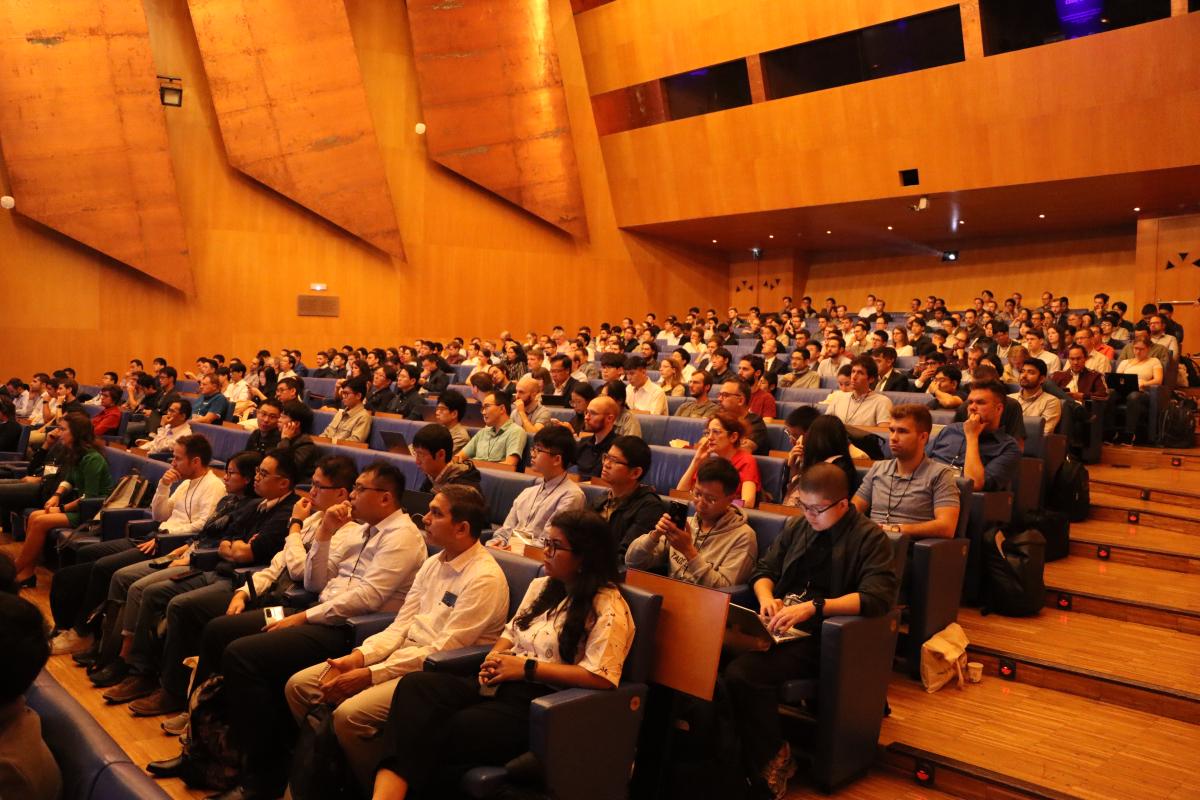

1071 views||Release time: Dec 20, 2024
Submitting a paper to an academic conference is an essential milestone for researchers aiming to present their work to peers and experts. However, before a paper makes it to the conference stage, it must undergo a rigorous review process to ensure its quality and relevance. Understanding this process can help authors better prepare their submissions and improve their chances of acceptance.
In this guide, we’ll break down the typical steps in the academic conference paper review process and highlight key evaluation criteria. Whether you’re a first-time author or looking to refine your submission for the next event on iconf.com, this overview will provide valuable insights.

The first stage of the review process begins when authors submit their papers through the conference's official platform. Each submission typically includes:
Tip: Adhere to the submission guidelines provided by the conference, including formatting, word limits, and deadlines. Non-compliance may lead to immediate rejection.
After submission, the conference organizers perform an initial screening to check for basic compliance with the guidelines.
Papers that fail this stage may be desk-rejected without further review.
Tip: Carefully read the submission guidelines provided by the conference on iconf.com or its official site. Use formatting templates if available.
Once a paper passes the initial screening, it is assigned to reviewers who are experts in the relevant field. This assignment is usually based on:
Tip: Choosing appropriate keywords during submission helps organizers assign the most suitable reviewers to your paper.
The peer review process is the core of the academic conference paper evaluation. Depending on the conference, this process may be single-blind, double-blind, or open:
Reviewers assess the paper based on several key factors:
Each criterion is typically scored, and reviewers provide comments to support their assessment.
Tip: Anticipate these criteria while drafting your paper. Ensure your methodology and results are clear and well-supported.
After the peer review is complete, the conference’s program committee evaluates the reviewers’ feedback and recommendations to make final decisions. The possible outcomes include:
Some conferences offer a conditional acceptance if the paper shows promise but requires significant improvements.
Tip: If your paper is accepted with revisions, carefully address all reviewer comments. Failure to do so may result in rejection during the final review.
Authors typically receive a decision notification along with reviewers’ comments and suggestions. These comments may include:
Tip: Use reviewers' feedback constructively, whether the paper is accepted or rejected. The comments can guide you in improving future submissions.
For accepted papers, authors must submit a revised version incorporating reviewer feedback. The final submission is reviewed again to ensure all issues have been addressed.
After approval, the paper is included in the conference proceedings and often indexed in academic databases. Some conferences also invite high-quality papers for publication in affiliated journals.
Tip: Review all formatting and publication requirements to ensure your final submission meets the standards.
Solution: Proofread your paper, seek feedback from colleagues, and ensure your arguments are clear and well-supported.
The paper review process for academic conferences is designed to uphold the quality and relevance of presentations. By understanding the steps and criteria involved, you can better prepare your submission and increase your chances of success.
For more tips and resources on academic conferences, visit iconf.com and explore upcoming opportunities to showcase your research.